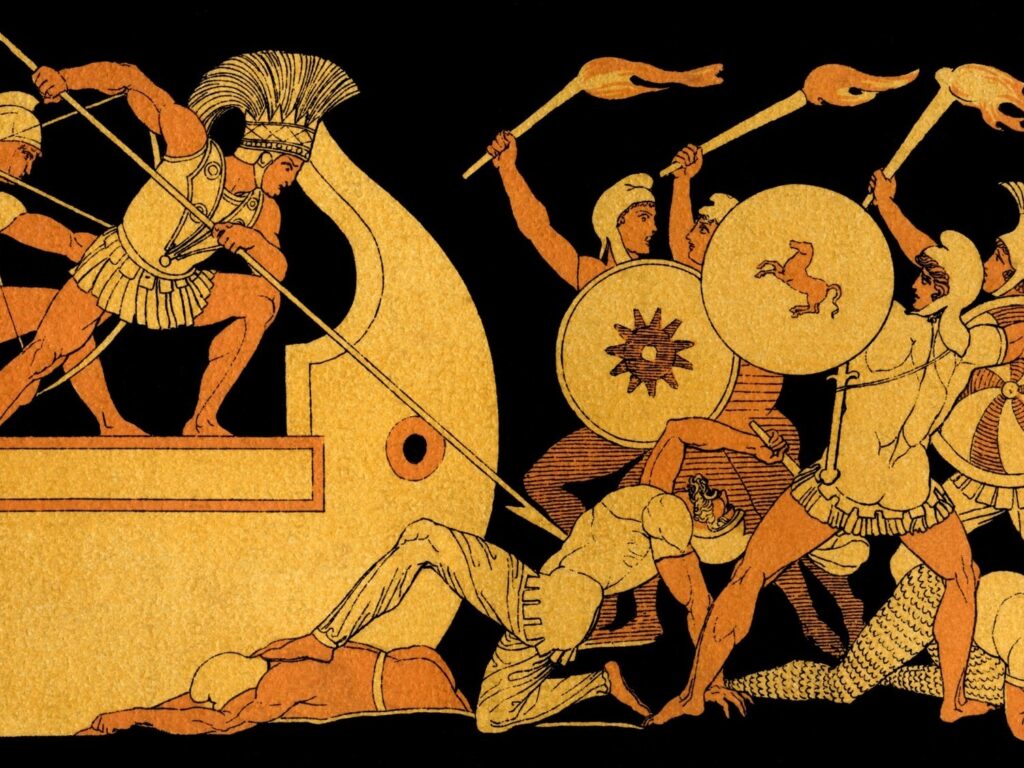
(Maddalena Zunino, Valentina Mignosa, Andrea Brunello, Marco Fucecchi, Nicola Saccomanno, Giuseppe Serra, Alessandro Tremamunno, Chiara Battistella)
The rich tapestry of Greek and Latin literature provides a fertile ground for the exploration of intertextuality, wherein texts echo, reference, or directly cite previous works, creating a dense web of linguistic and thematic connections. This project seeks to delve into the intricate realm of intertextuality within classic Greek and Latin texts, employing computer science techniques such as Natural Language Processing (NLP), text analysis, and machine learning. The goal is to unravel the complex network of thematic and semantic correlations, references, and echoes among various texts, thus providing a deeper understanding of the dialogues between different authors and works. Employing topic extraction, we aim to discern recurring themes and subjects that permeate diverse texts, offering insights into the pervading cultural and societal discourses of the time. Furthermore, by leveraging name entity recognition, we seek to map out the myriad of characters, places, and events that intertwine throughout Greek and Latin literature. The challenging linguistic aspects, such as metaphors and idiomatic expressions, can be addressed through deep learning and embeddings, enabling the model to discern semantic similarities beyond mere syntactic analogies. This exploration not only seeks to illuminate the multifaceted dialogues occurring within Latin and Greek literature but also to push the boundaries of what is achievable with computational linguistics and artificial intelligence in the realm of classical studies.
Tools and Technologies:
This website uses cookies so that we can provide you with the best user experience possible. Cookie information is stored in your browser and performs functions such as recognising you when you return to our website and helping our team to understand which sections of the website you find most interesting and useful.
Ulteriori informazioni sulla nostra Cookie Policy